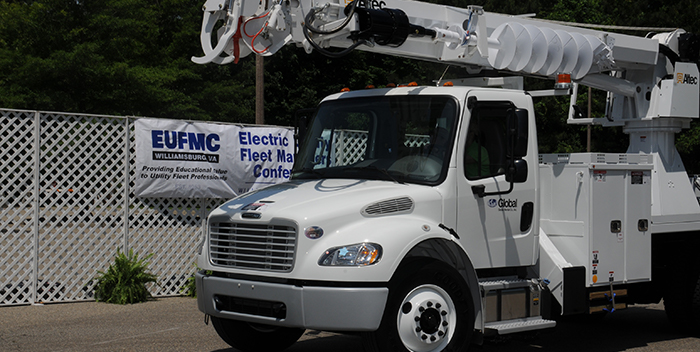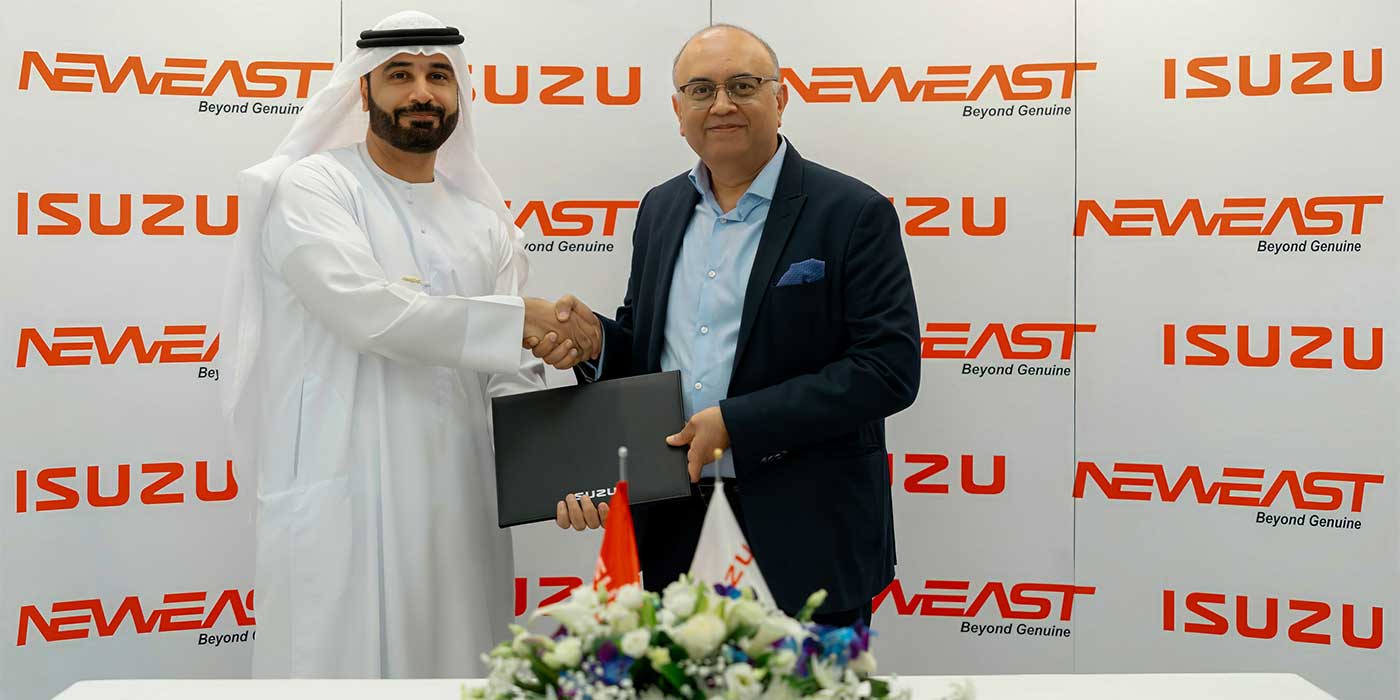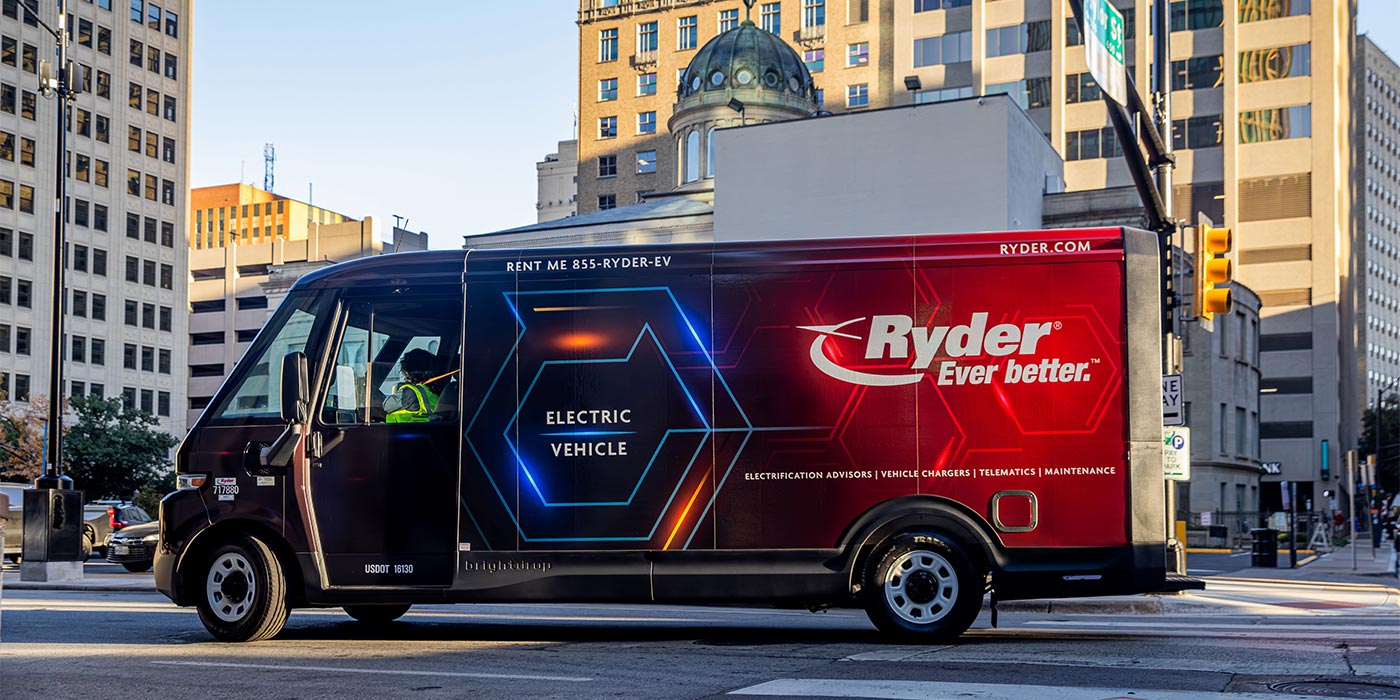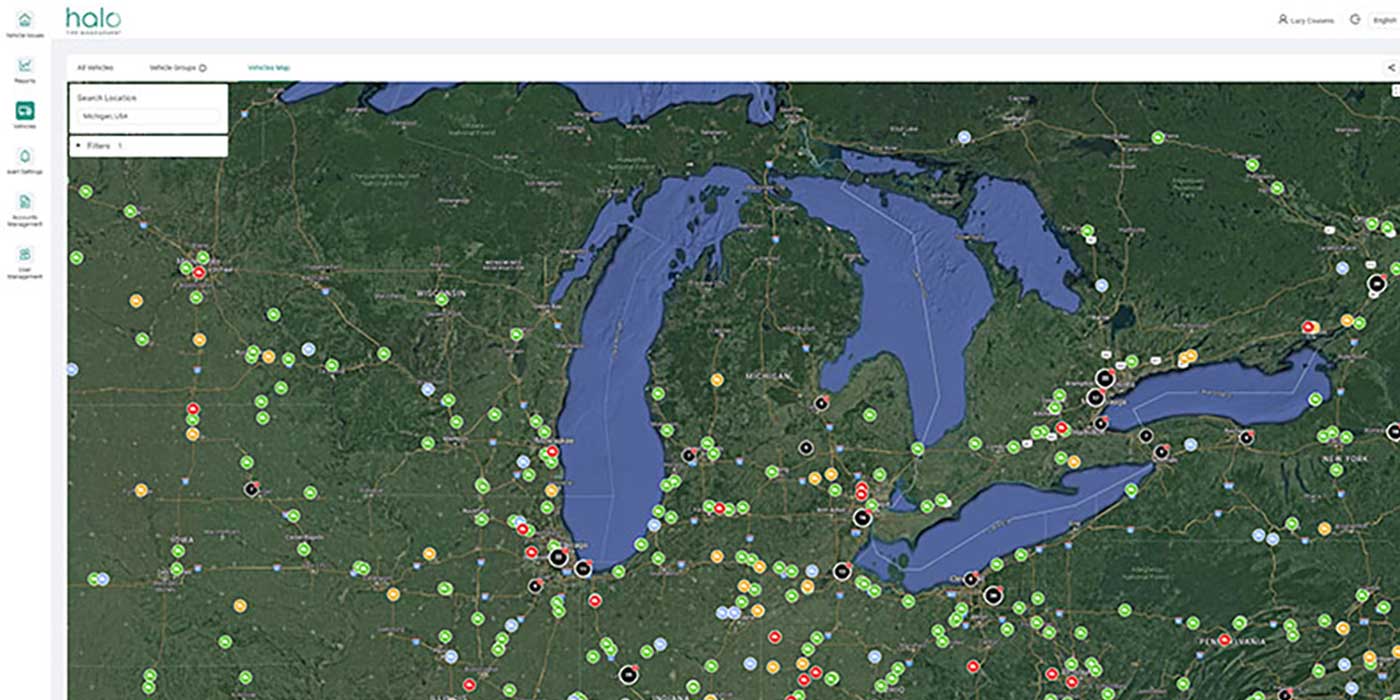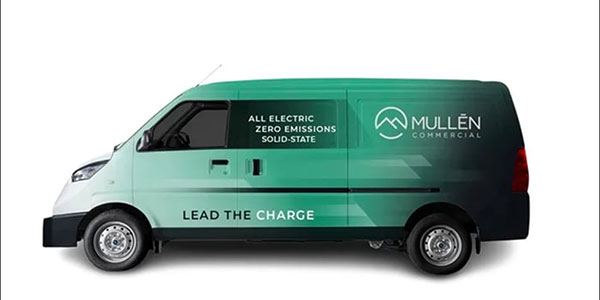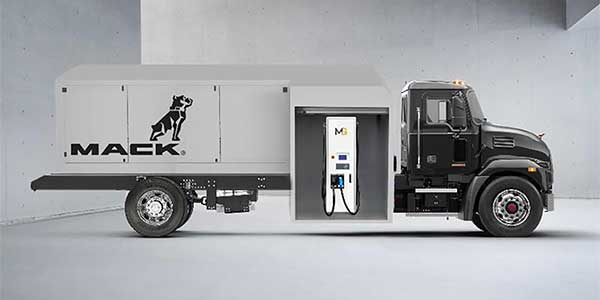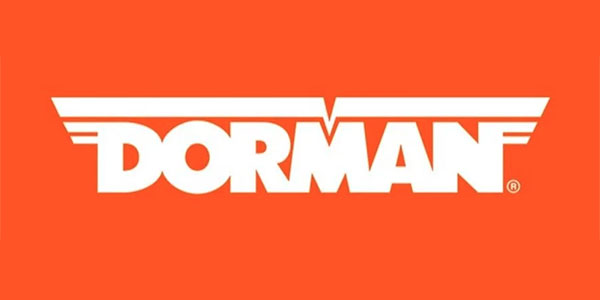When fleets operating light- and medium-duty trucks met in June at the annual Electric Utility Fleet Managers Conference (EUFMC), the event featured a comprehensive educational program and equipment demonstrations and exhibits for 128 fleet executives from more than 70 investor-owned electric utilities, electric cooperatives and electrical contractors from the U.S. and Canada.
“Solutions for Managing a Progressive Fleet,” the 2016 EUFMC General Session, featured presentations by fleet executives, industry experts and suppliers. Eric Pike, chairman and chief executive officer of Pike Corp., which supplies of engineering, construction, and maintenance and storm restoration services to the power and communications industry, kicked off the educational program as keynote speaker.
Covering “disruptions in the utility industry,” Pike discussed economic, technology and customer related factors. “Power consumption is a challenge for utilities because while there is customer growth, there is no load growth,” he said. “What we can do is focus on our core competencies and on adding not just customer value, but on adding what the customer values, and the distribution fleet is integral to that effort.”
The 2016 EUFMC agenda also included a fleet discussion on data driven progress. “At PPL Electric Utilities,” said fleet manager John Adkisson, “we use data integration to benchmark staffing, fuel use and analyze work orders by technician. For the future, benchmarking will employ telematics and consistent use of industry-wide KPIs.”
Joe Young, fleet supervisor at We Energies, detailed how his company has used benchmarking to improve vehicle and equipment utilization. “We found that 13% of our fleet, or 350 vehicles and pieces of equipment, had fewer than 50% of the average miles or hours by vehicle class, so those underutilized assets were taken out of service,” he reported. “The savings are in improved use of capital and reduced depreciation costs, and lower costs for fuel, permitting and licensing, and parts and labor.
“The challenges associated with that exercise are to eliminate equipment without adversely impacting safety, operations or customer service,” Young added. “That can be accomplished by renting low-use and seasonal assets and by sharing equipment. There is also the need to educate end users on the benefits of optimizing utilization and to continue monitoring underutilized equipment after the initial reduction.”
Todd Carlson, principal manager of fleet asset management at Southern California Edison (SCE), said benchmarking activities for the utility’s fleet cover numerous items and cost areas. Included was an analysis of the fleet’s average age that led to a ten-year replacement plan.
SCE also addressed support costs by benchmarking. For example, Carlson related that in 2012, the fleet had 333 full-time employees. Through attrition and by restructuring and reallocating personnel, by 2016, the fleet had reduced that number by 32% to 227.
“We’re benchmarking to address vehicle ownership costs and doing a deep dive into financials by looking at things like purchase price versus annual operating costs, lease term versus depreciation schedule, and lease buyouts and timing,” Carlson sated. “Our recommendation is definitely to benchmark. Focus on opportunities to learn what the data says, drill down and check specifics with your suppliers and peers. Finally, develop proactive suggestions for users and begin formal initiatives.”
Other presentations at EUFMC covered telematics, fleet electrification, workforce technology, safety, liability, regulatory and legislative issues, and climate change and weather extremes. Roundtables brought fleet executives and suppliers together to address common challenges by sharing best practices.
EUFMC also hosts an annual utility equipment demonstration that features more than 60 educational and technical presentations by suppliers detailing the design features, specifications, capabilities and benefits of their latest technologies for electric utilities, and an equipment show that is the site of over 60 displays. In 2016, 325 supplier representatives from almost 100 companies, including three new exhibitors, attended the conference.
Held annually in Williamsburg, Va., the 2017 Electric Utility Fleet Managers Conference is scheduled for June 4-7, 2017. For information, visit www.eufmc.com.

